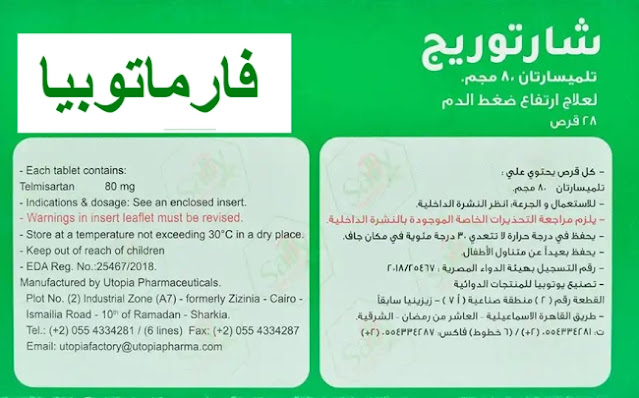Understanding Clear Air: A Leukotriene Modifier Drug
Clear Air belongs to a class of drugs called leukotriene modifiers, which work by reducing the body's ability to produce leukotrienes, a substance that plays a crucial role in causing symptoms of asthma and allergic reactions in the chest or nose. Inhibiting leukotrienes plays a vital role in treating asthma and other allergic conditions such as allergic rhinitis, atopic dermatitis, and chronic urticaria.
What are Leukotrienes?
Leukotrienes are inflammatory mediators produced by immune cells in response to allergens or other triggers. They contribute to the inflammation, bronchoconstriction, and mucus production seen in asthma and allergic reactions.
How Do Leukotriene Modifiers Work?
Leukotriene modifiers like Clear Air work by blocking the action of specific enzymes involved in the production of leukotrienes. By inhibiting these enzymes, the drug reduces the levels of leukotrienes in the body, thereby decreasing inflammation and narrowing of airways that are characteristic of asthma and allergies.
Uses of Clear Air
Clear Air is commonly prescribed for the following conditions:
- Asthma
- Allergic rhinitis
- Atopic dermatitis
- Chronic urticaria
Side Effects of Clear Air
While Clear Air is generally well-tolerated, some individuals may experience side effects such as:
- Headache
- Dizziness
- Fatigue
- Gastrointestinal disturbances
Precautions and Interactions
It's important to inform your healthcare provider about any other medications you are taking before starting Clear Air, as it may interact with certain drugs. Additionally, pregnant or breastfeeding women should consult their doctor before using this medication.
Conclusion
Clear Air, a leukotriene modifier drug, is an essential part of the treatment regimen for asthma and various allergic conditions. By inhibiting leukotrienes, it helps reduce inflammation and improve symptoms in patients with these conditions. If you have been prescribed Clear Air, make sure to follow your healthcare provider's instructions and report any unexpected side effects promptly.
For more information, you can visit Pharmacia.
About the Author
Dr. Ahmad Baker, PharmD
He is a senior pharmacist and health educator with extensive experience in the Middle East and North Africa region. Through his writing, Dr. Ahmad aims to empower communities by providing reliable, evidence-based health information. With expertise in clinical pharmacy and regulatory affairs, he strives to offer unique insights into healthcare and simplify complex medical concepts, making them accessible to everyone.
Legal Disclaimer
The information provided in this blog is for educational purposes only and is not a substitute for professional medical advice. We do not guarantee the accuracy or completeness of information regarding medications or medical products, and official sources should be verified before making any decisions. By using this blog, you agree to assume personal responsibility for relying on the information provided.

Comments
Post a Comment